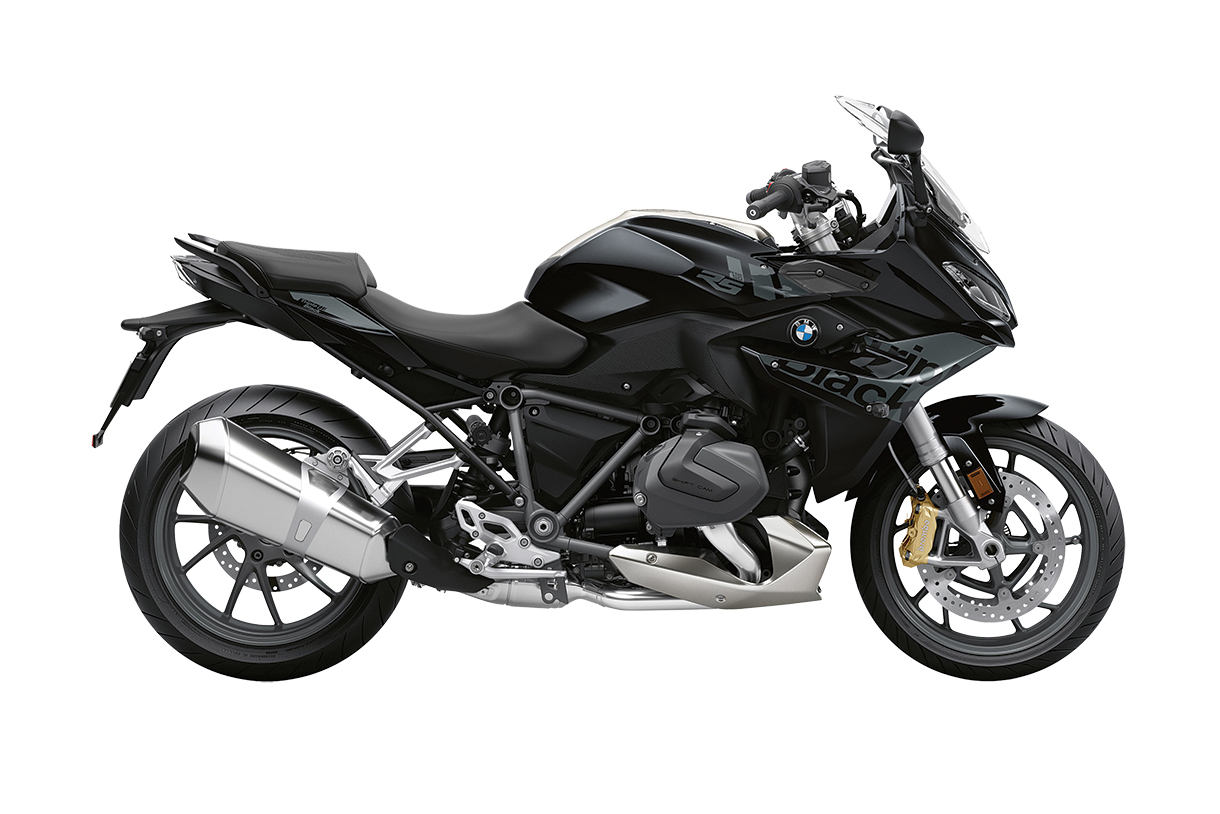
100 Years of BMW Moto

After World War I, BMW was banned from producing airplane engines. In response, the company began manufacturing small industrial engines, including a flat-twin, or boxer-style engine, as a portable industrial motor. In the early 1920s, other German companies began using that engine in their motorcycles, and in 1923, BMW introduced its own motorcycle, the R32. With a 494 cc, horizontally opposed two-cylinder engine with a driveshaft instead of a chain, the R32 boasted a top speed of 58 mph, and began BMW’s motorcycle history.
A hundred years later, when the manufacturer wanted to showcase the R32 for its 2023 centennial celebration, BMW found that its own collection, limited to two early motorcycles, lacked an appropriate version. So it reached out to Peter Nettesheim, the owner of the largest private collection of BMW motorcycles in the world. Answering the call, Nettesheim provided the brand with a 1925 model. He didn’t mind; he still had seven R32s in his collection, the largest in the world. BMW itself now has three, thanks to Nettesheim.
A walk through Nettesheim’s collection is like traveling through a motorcycle time warp. One-hundred-year-old R32s stand next to vintage bikes from the ’50s and late model BMWs. In addition to his R32s, however, Nettesheim owns a copy of every production BMW motorcycle made between 1923 and 1970, with an additional 45 examples of post-1970 productions, including a recent BMW R nine T. To call Nettesheim an avid collector would be a terrible understatement. His current collection is around 105 motorcycles, with several more in various stages of restoration.
Nettesheim’s collection comes from a love of mechanics more than a love of riding. The son of a Mercedes-Benz truck dealer, Nettesheim learned his passion for all things automotive as a child. His photo collection shows him standing by a car as a child, watching his father work under the hood. While Nettesheim enjoys riding his motorcycles, he’s more enamored of the restoration process. A machinist by nature, he has restored all of his classic motorcycles; when a part isn’t available, he simply makes one. His three-story garage, if you can call a facility that stores more than 100 motorcycles, plus more than a dozen cars, a garage, includes a full machine shop, computerized BMW manufacturing equipment, and enough tools to break down and rebuild a fleet of motorcycles—or pretty much anything that can be broken down and restored.
The collection is a testament to his brand devotion. The motorcycles are arranged as museum exhibits, albeit functional, registered, and rideable exhibits, with a vast assortment of BMW memorabilia as well. Lest you think he’s simply a biker with an obsession, he also owns 10 classic Mercedes-Benz cars (including a pristine and gorgeous 1956 300 SL gullwing), nine BMW automobiles, a 1968 VW Beetle, four BMW Isettas, and two Porsches. All are in immaculate, if crowded, condition.
The original R32 generated a whopping 8.5 hp. Fast forwarding from 1923, BMW’s current R 1250 RS carries on the basic architecture of the R32. Although most current BMW motorcycles sport four-cylinder engines, the R 1250 RS, like its spiritual ancestor, the R32, has a boxer two-cylinder engine and shaft drive, but the similarities end there. The R 1250 RS carries a 1,254 cc motor, and puts out 136 hp, driving it to speeds of over 124 mph. No more manual snack or fuel mix adjustments; the electronic fuel injection and engine monitoring systems handle all that for the driver, along with traction control, ABS braking, and even a USB charging port. Not to mention clutchless shifting between second and sixth gears, keyless starting, and even tire pressure monitoring systems. A taut adjustable suspension, with Dynamic and Road settings for sportier or more comfortable handling, provides a sporting ride. Stability control and traction control operate seamlessly, backing off throttle response as the only sign they’re operating if you get in over your head in a corner. Add in heated grips, along with heated seats for both the rider and passenger, and you have a thoroughly modern motorcycle that can comfortably cover hundreds of miles in a day—and for many more years to come.
Photo credits: Courtesy of BMW and Jonathan Pozniak




